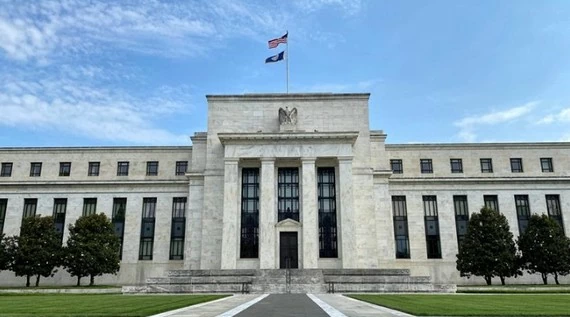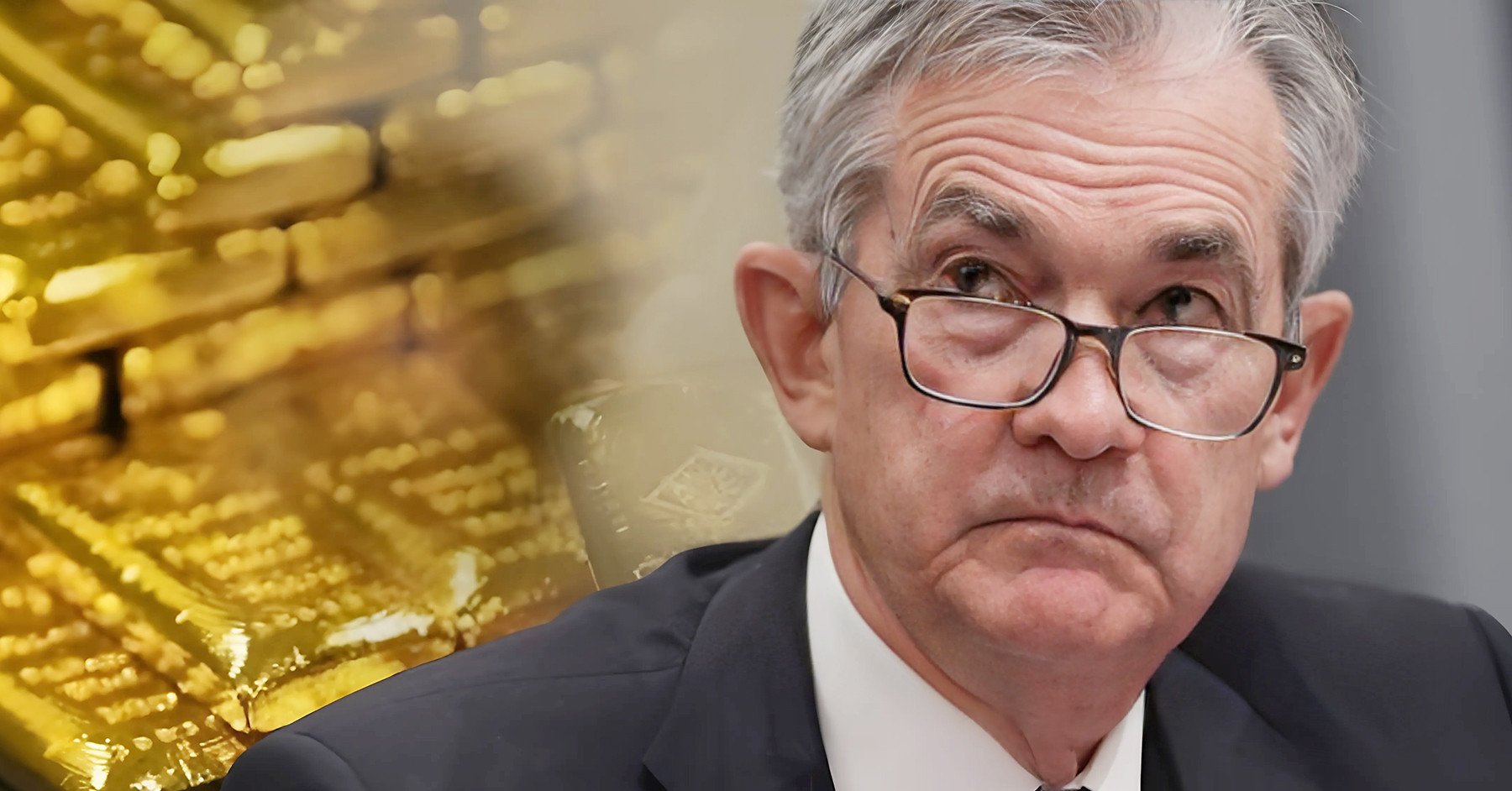In the 1990s and early 2000s, stock markets around the world moved to the "drumbeat" of Wall Street, while central banks either followed the lead of the US Federal Reserve (Fed) or faced "hot money" pouring in or out, putting currency values and price stability at risk.
 |
| Fed headquarters in Washington, USA. (Source: Getty Images) |
The situation in major economies is very different. In the US, the problem over the past two years has been post-pandemic inflation. Europe has been under similar pressure, made worse by the conflict in Ukraine, which has cut off cheap Russian gas supplies. In Japan, higher inflation is to be expected, a sign that the country’s weak economy may be recovering. In China, the problem is not that prices are too high, but that they are too low.
As a result, many central banks are moving at different speeds, or even in different directions. The Fed has been late in raising interest rates when inflation is strong, and late in cutting rates when inflation is moderate.
The European Central Bank and the Bank of England, as well as many emerging market central banks, have started cutting rates ahead of the Fed. In China, by contrast, policymakers are trying to stem a quiet housing collapse and shore up stocks. As for the Bank of Japan, they are raising rates instead of cutting.
When central banks choose different paths, strange things happen. For example, the Japanese yen fell in the first half of the year, then soared in the summer, then plunged again on the possibility that the Fed and the BoJ were going in different directions.
Currency fluctuations have consequences. A weaker yen means more profits for Japanese companies and a rise in the Nikkei. When the yen strengthened, Japanese stocks fell 12% in a single day in August 2024.
In global markets, the 4 trillion yen ($26.8 billion) carry trade—where investors borrow at low interest rates in Japan and invest in high-yielding assets elsewhere—is a major driver. When the yen’s rise made these trades unprofitable, investors quickly pulled their money out, hitting everything from U.S. stocks to the Mexican peso to bitcoin.
The Fed is facing a decline in global influence. The structure of the world economy has changed, with the US and its allies accounting for a smaller share. In 1990, the US accounted for 21% of global GDP and the Group of Seven (G7) accounted for 50%. By 2024, those numbers will have fallen to 15% and 30%, respectively.
The US dollar remains the world’s main reserve currency, but it is not as strong as it once was. According to the International Monetary Fund, the greenback’s share of global central bank foreign exchange reserves fell from 72% in 2000 to 58% in 2023. Data from the People’s Bank of China (the central bank) shows that the country now settles a quarter of its trade in yuan, up from zero more than a decade ago.
It is no surprise that America’s appeal has waned. Other economies, especially China, are starting to gain more influence. The pace and scale of the Fed’s rate cuts will be crucial in the coming months.
But China’s stimulus package may be more significant. The package China announced in late September 2024 will add about $300 billion to global GDP next year, and more if the country’s finance ministry implements fiscal stimulus.
Source: https://baoquocte.vn/cuc-du-tru-lien-bang-my-fed-doi-mat-voi-su-suy-giam-anh-huong-toan-cau-290748.html



![[Photo] Third meeting of the Organizing Subcommittee serving the 14th National Party Congress](https://vstatic.vietnam.vn/vietnam/resource/IMAGE/2025/4/2/3f342a185e714df58aad8c0fc08e4af2)



![[Photo] Relatives of victims of the earthquake in Myanmar were moved and grateful to the rescue team of the Vietnamese Ministry of National Defense.](https://vstatic.vietnam.vn/vietnam/resource/IMAGE/2025/4/2/aa6a37e9b59543dfb0ddc7f44162a7a7)



























































































Comment (0)